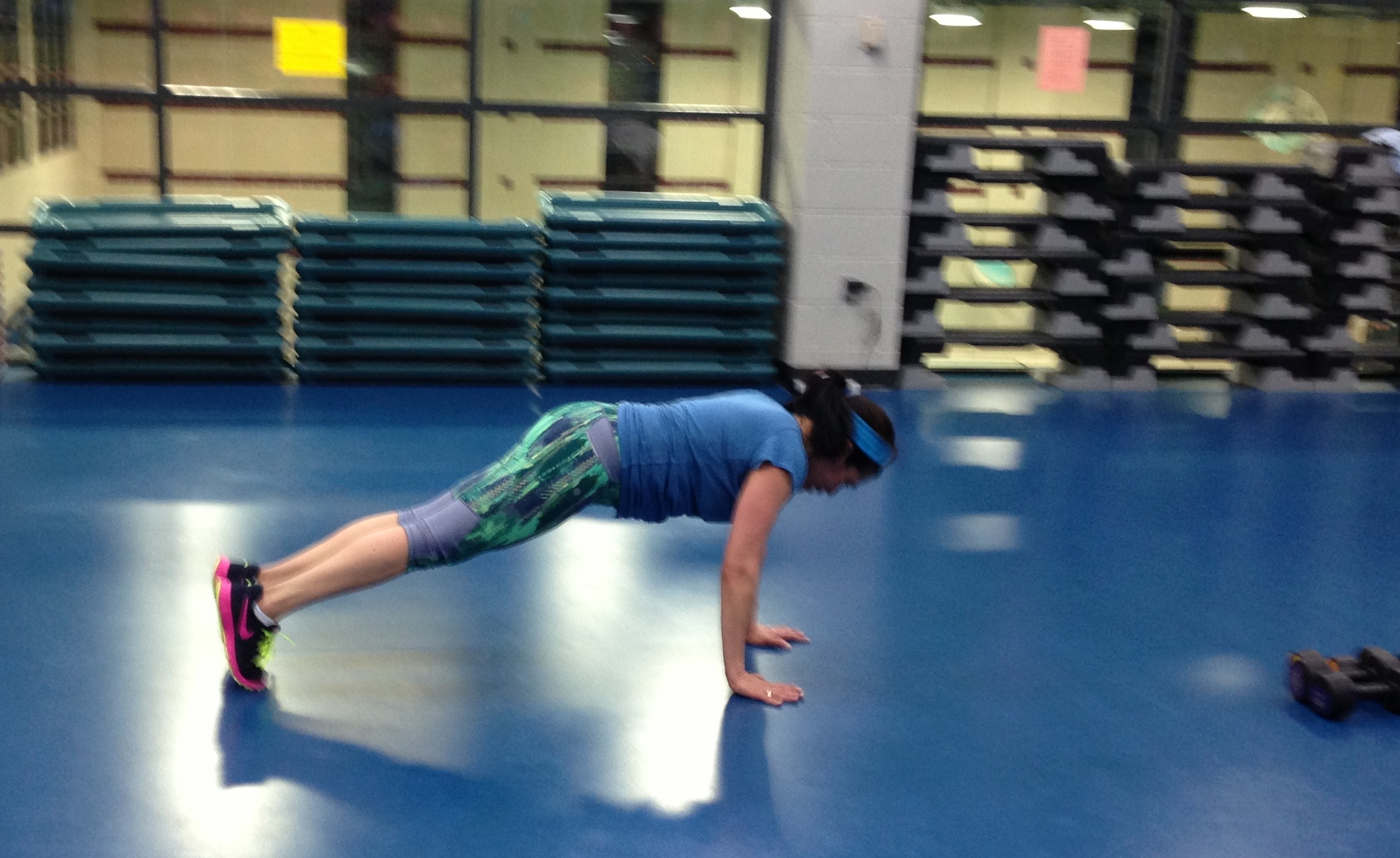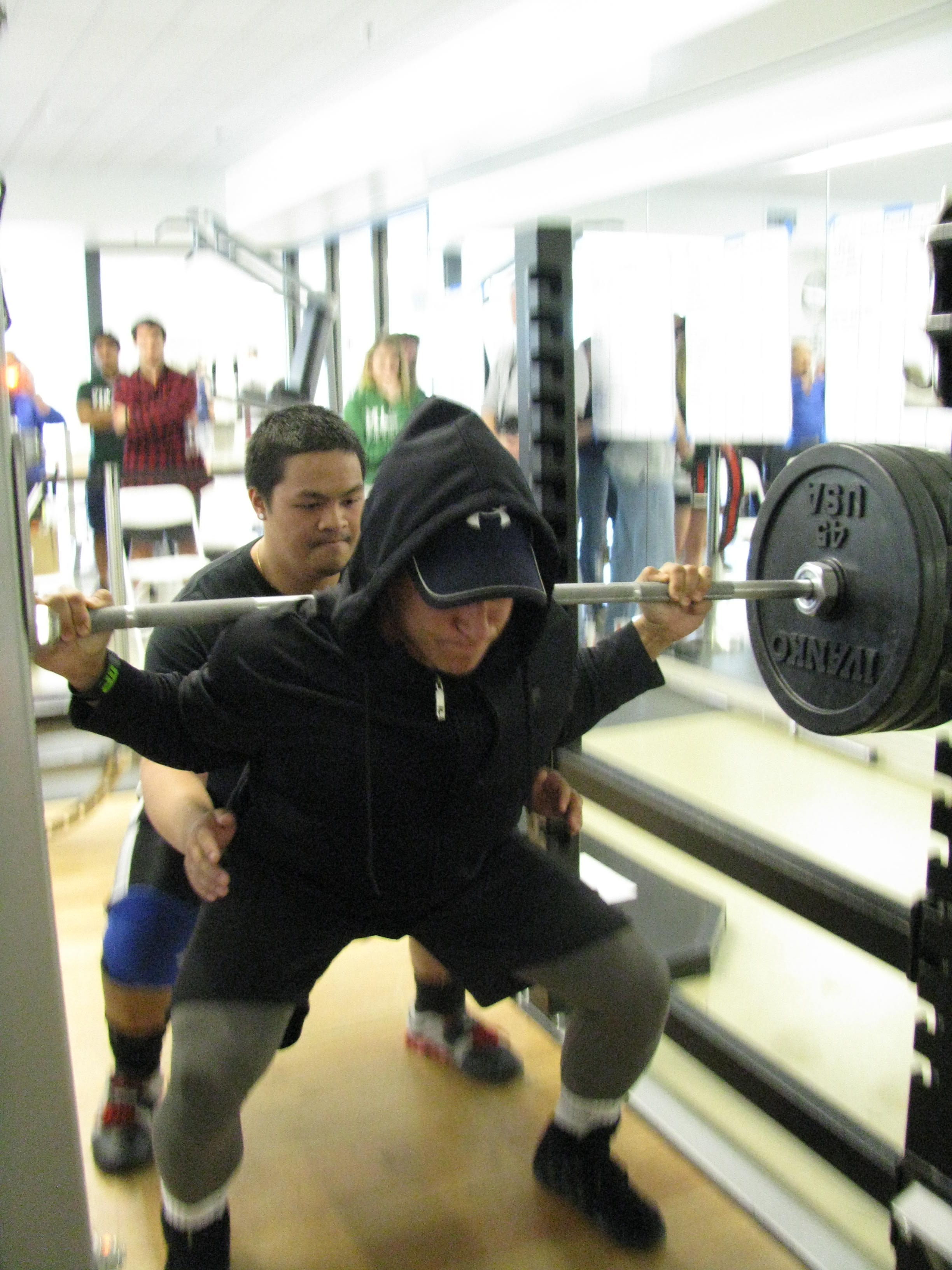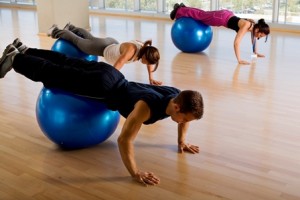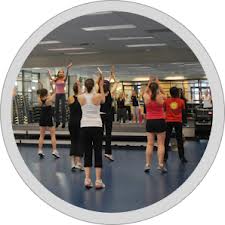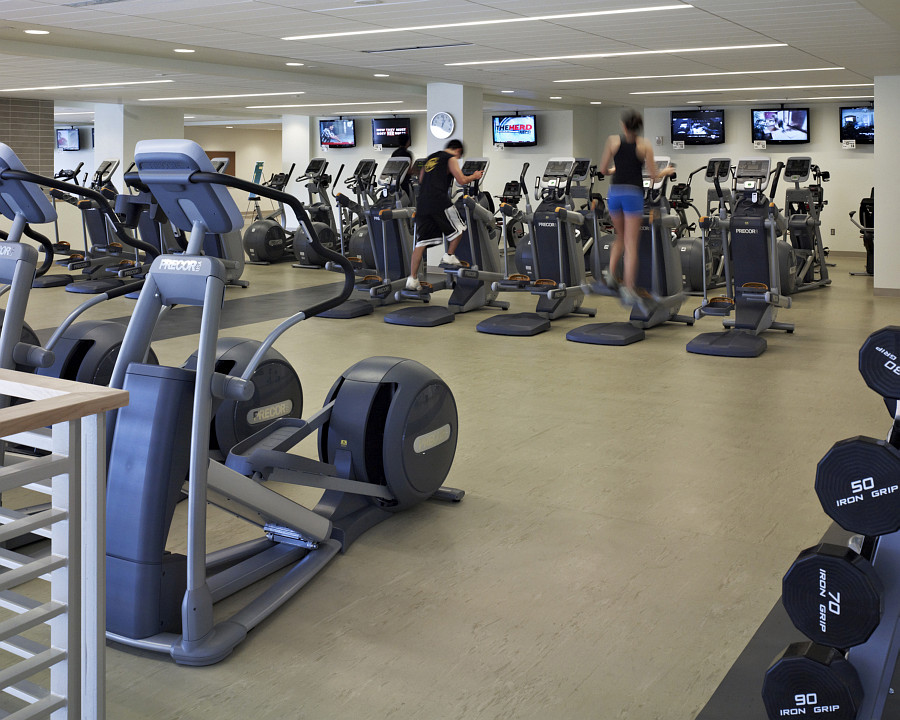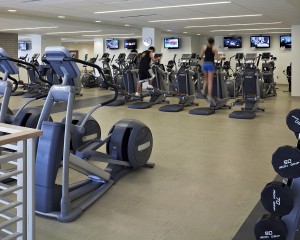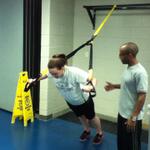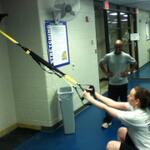By: Alison Hall
For the past 8 years, the American College of Sports Medicine (ACSM) has conducted a survey of fitness trends. Results came in from around the world, and the number one fitness trend for 2014 is High-Intensity Interval Training (HIIT).1 HIIT training consists of short high-intensity bouts of exercise followed by a short rest break. Usually the entire workout is complete in thirty minutes or less. Studies have found that HIIT training can promote fat loss, increase post-exercise metabolism, and improve VO2max.2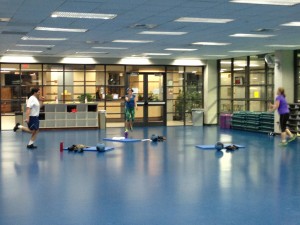
One popular style of HIIT is Tabata training. True Tabata training means following a protocol developed by Izumi Tabata. Dr. Tabata and his team of researchers performed his protocol on high-level athletes at the extremely high intensity of 170 percent of VO2max and compared them to a control group exercising at a steady state of 70 percent of VO2max. The study found that moderate-intensity training improved maximal aerobic power but did not impact the anaerobic energy system. High-intensity interval training, however, significantly improved both anaerobic and aerobic power because both energy systems are stimulated. 3 Most of us do not and should not exercise at the high intensity used in this study. Dr. Tabata’s research has lead the fitness industry to call any type of high-intensity anaerobic exercise that is done for 20 seconds with 10 seconds of rest, repeated 8 times, Tabata training. That means pushing yourself to the point that you could not say more than a word or two, resting, and repeating for 4 minutes.
Other methods of HIIT training are not as specific with time and intensity. General HIIT workouts can be any ratio of work to rest, such as 1 minute work and 1 minute recovery, 1 minute work and 30 seconds recovery, 45 seconds of work and 1 minute of recovery, etc. The number of times an exercise is repeated can vary, as can the intensity. You can mix and match pushing yourself to the point you can barely say a few words with less intense drills. HIIT does not have to be high-impact exercise. Drills can be done using Gliding Discs, BOSUs, or bodyweight exercises such as planks or pushups.
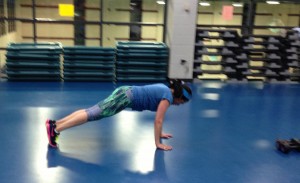 Many survey participants expressed reservations about HIIT training; however, HIIT training can be done safely with education. Industry guidelines suggest limiting HIIT training to no more than 3 sessions per week. The more fit you are, the more your body can adapt to more intense workouts, but it still needs a chance to recover.2 As long as you are cleared to exercise, some HIIT can be beneficial, but be careful you don’t overdo it. If you are unsure, hire a personal trainer to help you assess your current fitness level and make suggestions to incorporate HITT training safely and effectively.
Many survey participants expressed reservations about HIIT training; however, HIIT training can be done safely with education. Industry guidelines suggest limiting HIIT training to no more than 3 sessions per week. The more fit you are, the more your body can adapt to more intense workouts, but it still needs a chance to recover.2 As long as you are cleared to exercise, some HIIT can be beneficial, but be careful you don’t overdo it. If you are unsure, hire a personal trainer to help you assess your current fitness level and make suggestions to incorporate HITT training safely and effectively.
References
- Thompson WR. Worldwide Survey of Fitness Trends for 2014. ACSM’s Health and Fitness Journal. 2013:17(6);10-20.
- Vogel A. Industry Experts Wonder If High-Intensity Exercise Has Gotten Out Of Hand. IDEA Fitness Journal. 2014:11(2)33-9.
- Tabata I, Nishimura K, Kouzaki M, Hirai Y, Ogita F, Miyachi M, Yamamoto K. Effects of moderate-intensity endurance and high-intensity intermittent training on anaerobic capacity and VO2max. Medicine & Science in Sports & Exercise. 1996:28(10);1327-30.

